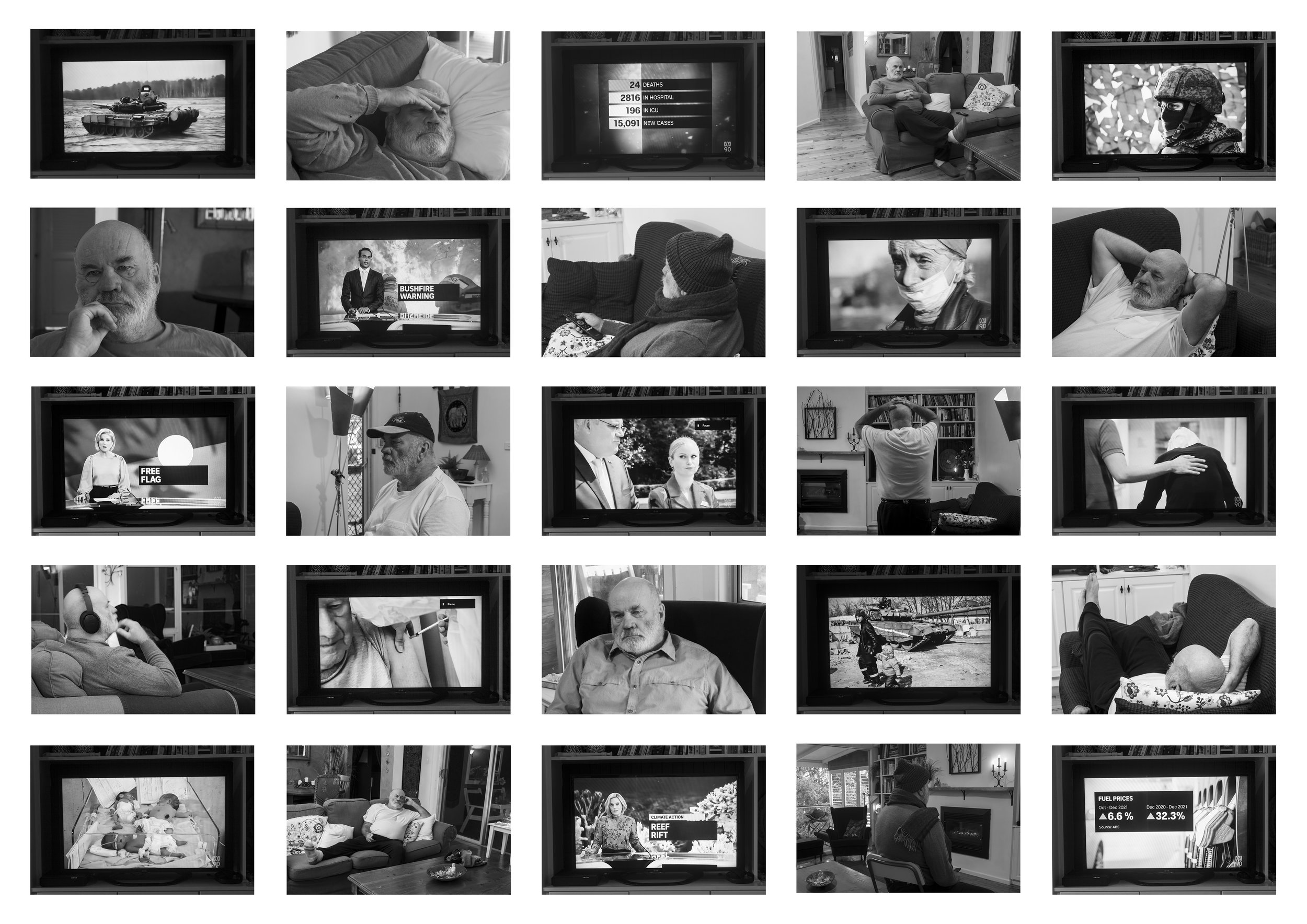Watching the World
“Television” ... From the Ancient Greek word tele (meaning far) and the Latin word visio (meaning sight)
During times of crisis, it is inevitable that there will be a flood of information. Studies have shown that at these times, we are more drawn to watching the news. During the 2019–20 bushfires, those who watched the news increased their viewing time from 52% to 56%. This increased to 70% during the COVID-19 pandemic peak.
These longer viewing times can lead us to ask, why are we so interested in bad news? University of Queensland psychologist Roy F. Baumeister and his colleagues have noted that humans have a “negativity bias”, whereby we pay more attention to negative information than positive. The problem is, this can make the world appear worse than it really is.
The impact of news on our well-being is also significant. Multiple studies have found the more we consume stories of tragedy, disaster or crisis, the more likely we are to develop symptoms of post-traumatic stress disorder.
As these images depict, the viewer in the series is affected both physically and emotionally by the images taken from recent broadcasts. War, the pandemic, politics, health care and climate change, to name afew, affect us all, whether we are in the line of danger or thousands of kilometres away.
